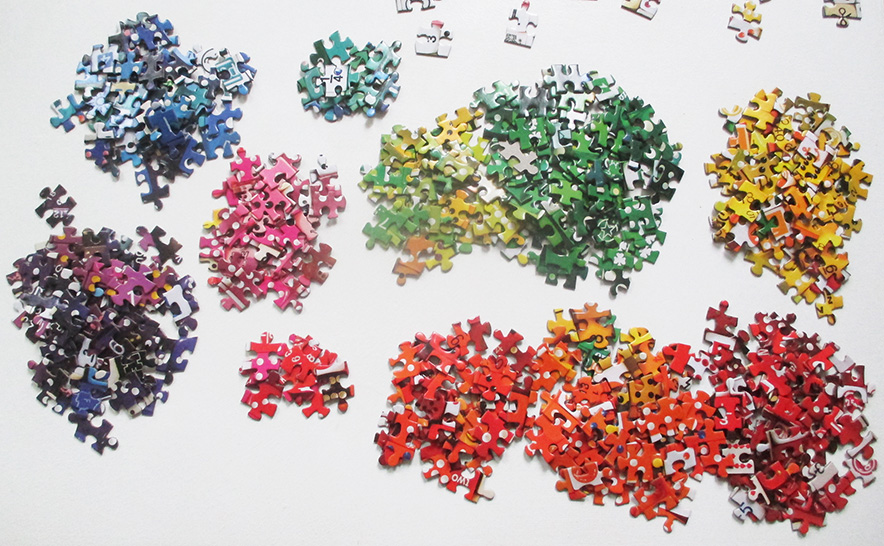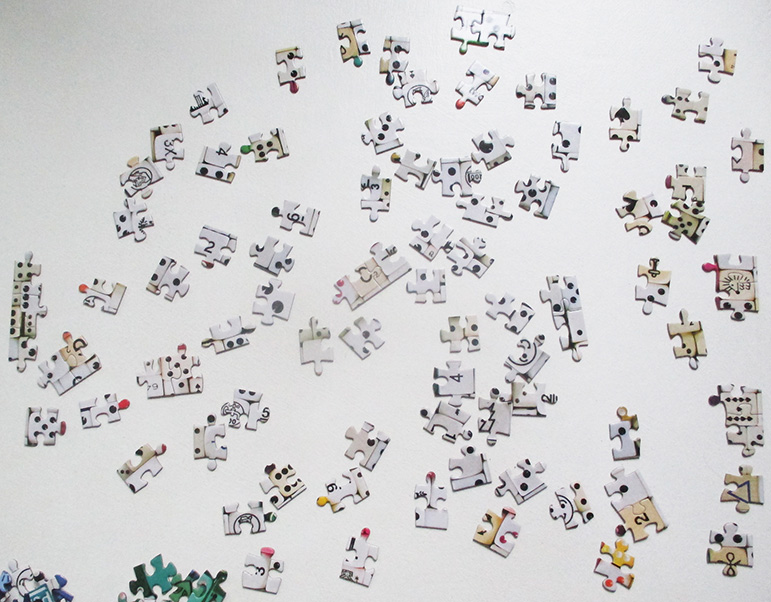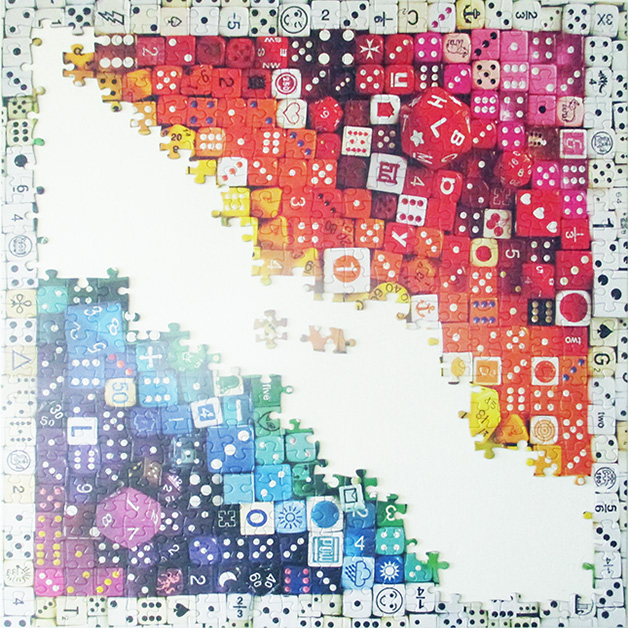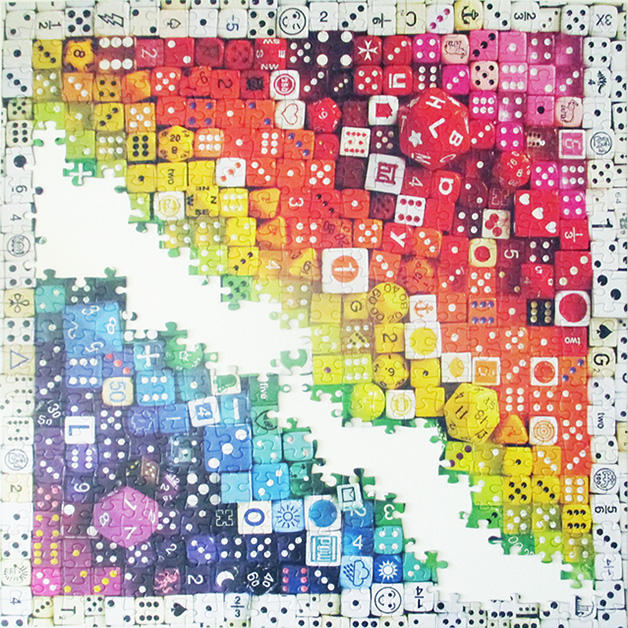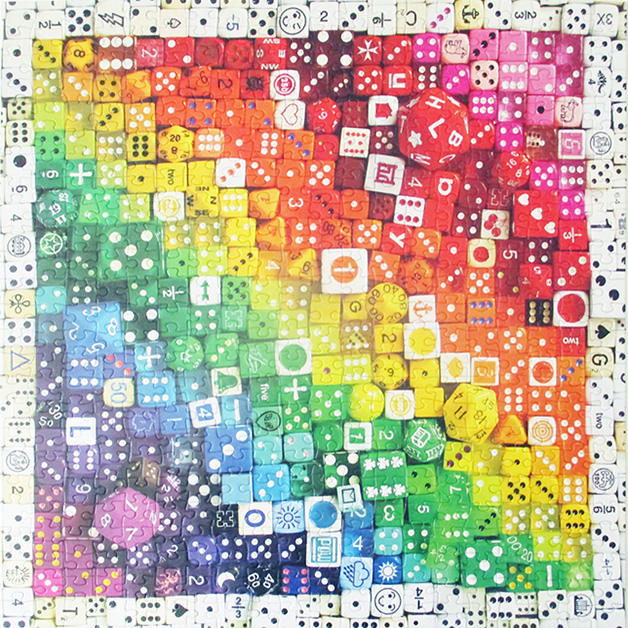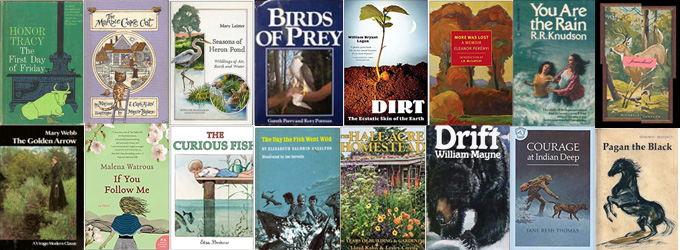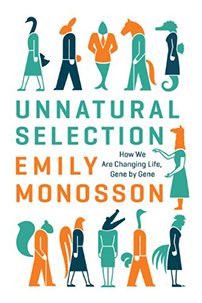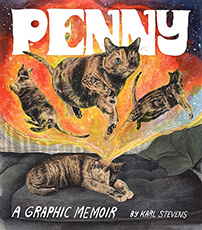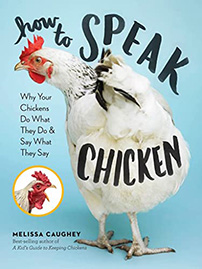I finished this book a few days ago, but didn’t get around to the writing until now. Very much like Great Cats and Wild Cats except compared to the latter, this one has far more current information. The book describes thirty-eight recognized wild cat species. Some were only barely familiar to me from the other reads- the geoffrey’s cat, flat-headed cat, jagurundi, guiña (called kodkod in the other books) etc. Others I am not sure if I ever heard of them before- oncilla, chinese mountain cat, colocolo. This book doesn’t have any of the details on feline physiology- it’s mostly descriptions of the species’ appearances, variations in habitat, what they eat, breeding cycles, age of independence and dispersal, and how much they are under threat (I think only two species in the book were not marked as ‘population declining’). A section at the end discusses conservation and its importance. The photos are all clear, some are really stunning, and the illustrations by Priscilla Barrett are great.
Things that stuck in my head after reading: why pumas and cheetahs can purr but not roar- they’re actually small cats that evolved a larger body size to fill an ecological gap. The clouded leopard is most like the extinct sabertooth in its skull structure and bite power. Why only lions live in prides- their ancient history includes life on open plains among other large predators (sabertooths, dire wolves, etc) where group living enabled them to defend and hang onto their food. The geoffrey’s cat creates middens in trees (a latrine where the feces become -maybe, nobody really knows- a marker for other animals advertising territory ownership). Iberian and Eurasian lynx kittens often fight savagely with each other, sometimes one even dies. Like hyena cubs! I was surprised. The book notes this has only been observed in captivity- so do they fight like that out in the wild? or is it something about captivity that these particular kittens can’t stand and in stress they lash out at each other (my own guess)? Bobcats sometimes mate with Canadian lynx (but no mention in the book of one ever crossing with a domestic cat! -although other smaller wildcat species often do, in some cases this is diluting the gene pool of said wildcat species). The book notes which cat species can have albino or leucistic phases, and which often show melanism. Some never do- like pumas. There’s never been a black puma, to anyone’s knowledge. The margay can speedily run along branches hanging upside down by its paws. The marbled cat is so agile it can run down tree trunks headfirst like a squirrel. I was struck by how much one photo of a reddish African golden cat kind of resembled a fossa, with its large ruddy nose. And intrigued by how similar a jaguarundi can look to a tayra. And in all the pictures in this book, the Andean cat looks like a slightly anxious, beloved stuffed toy with rumpled fur (no insult to the cat intended!)
Borrowed from the public library.
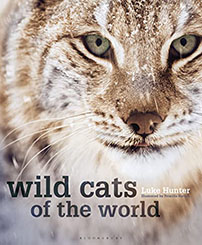
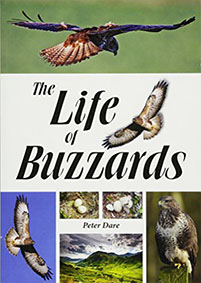
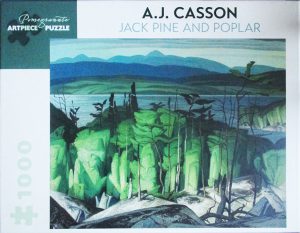 This puzzle was more difficult than I’d imagined, with how abstract the picture is. I’m intrigued by how strong and almost architectural this artist made the trees look, it was definitely an interesting assembly. Really good quality in the puzzle itself, the pieces are nice and thick, the glare is very minimal, texture to the skin is great. Even though the pieces just have standard variety, there’s some with really big or small ‘knobs’ so once I got a certain amount of pieces into an area, could snap the rest in with quick visualization of the shapes.
This puzzle was more difficult than I’d imagined, with how abstract the picture is. I’m intrigued by how strong and almost architectural this artist made the trees look, it was definitely an interesting assembly. Really good quality in the puzzle itself, the pieces are nice and thick, the glare is very minimal, texture to the skin is great. Even though the pieces just have standard variety, there’s some with really big or small ‘knobs’ so once I got a certain amount of pieces into an area, could snap the rest in with quick visualization of the shapes.
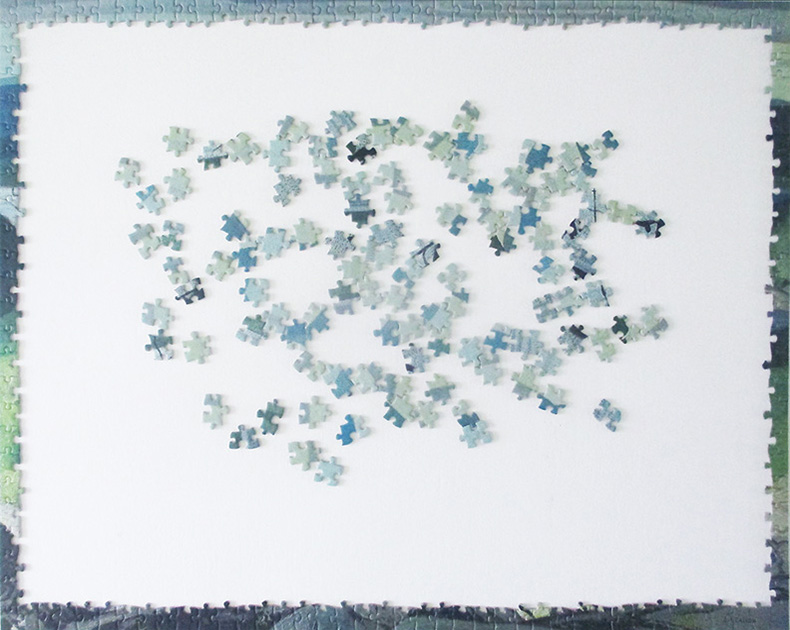
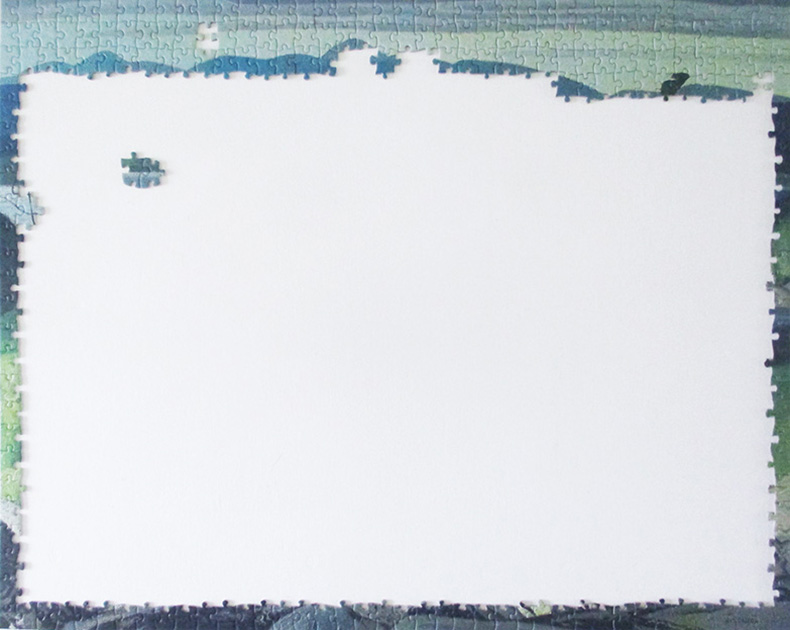

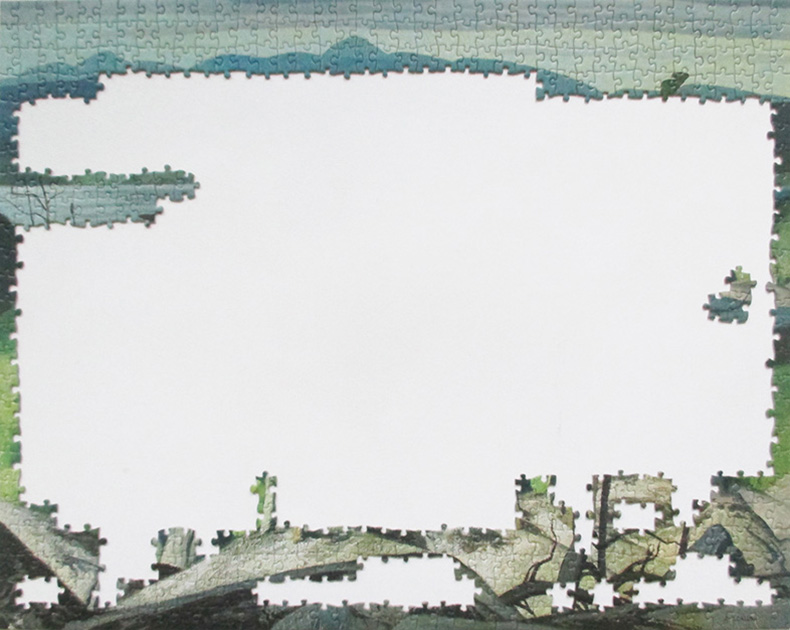
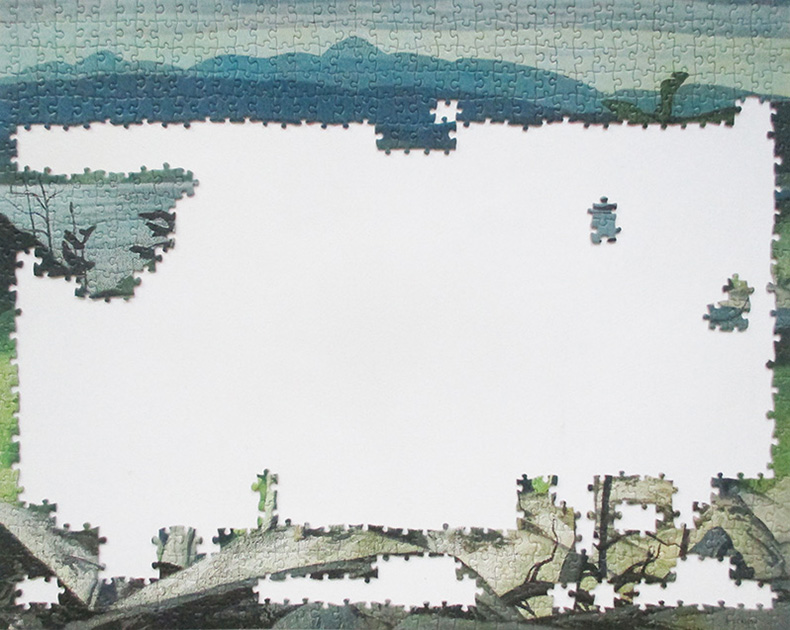

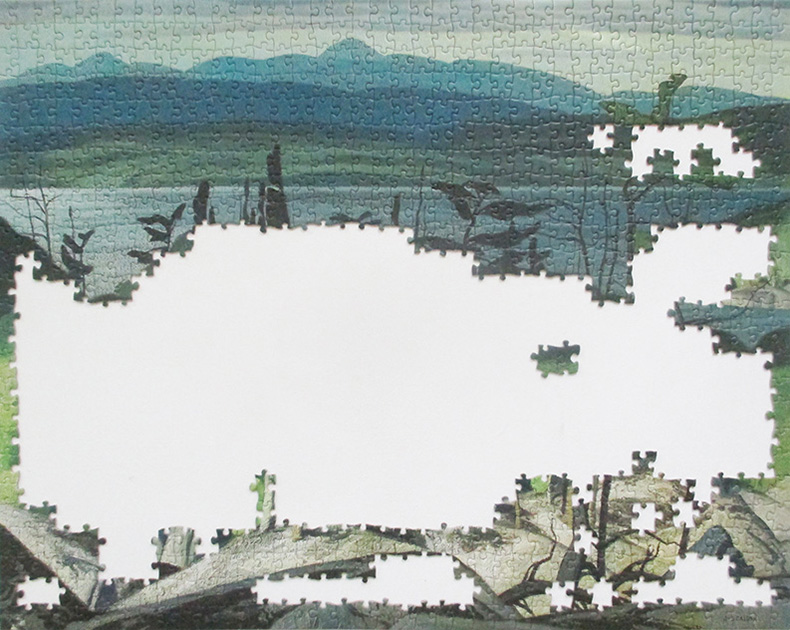
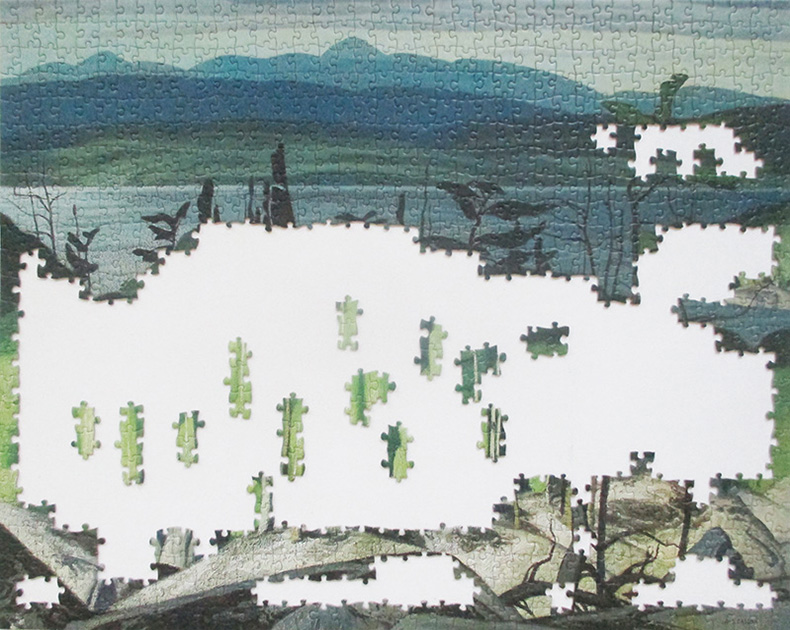
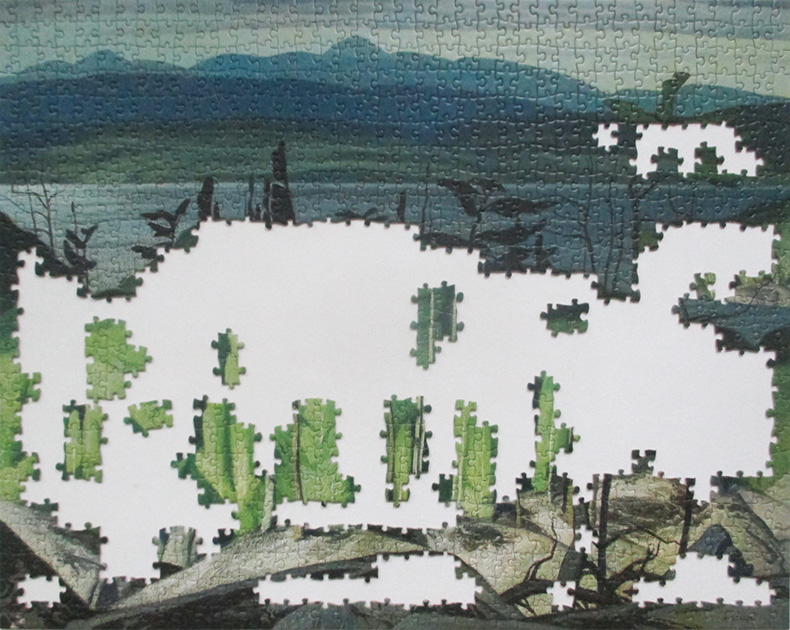
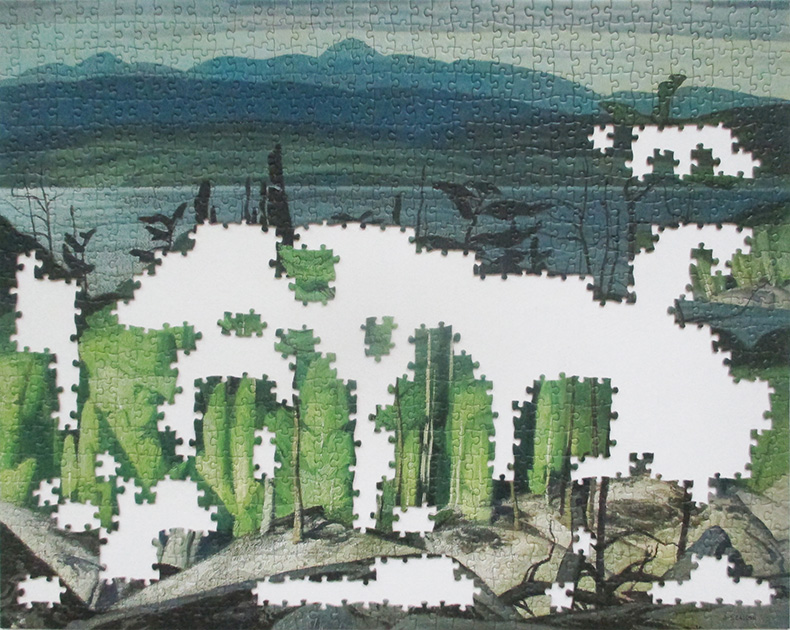
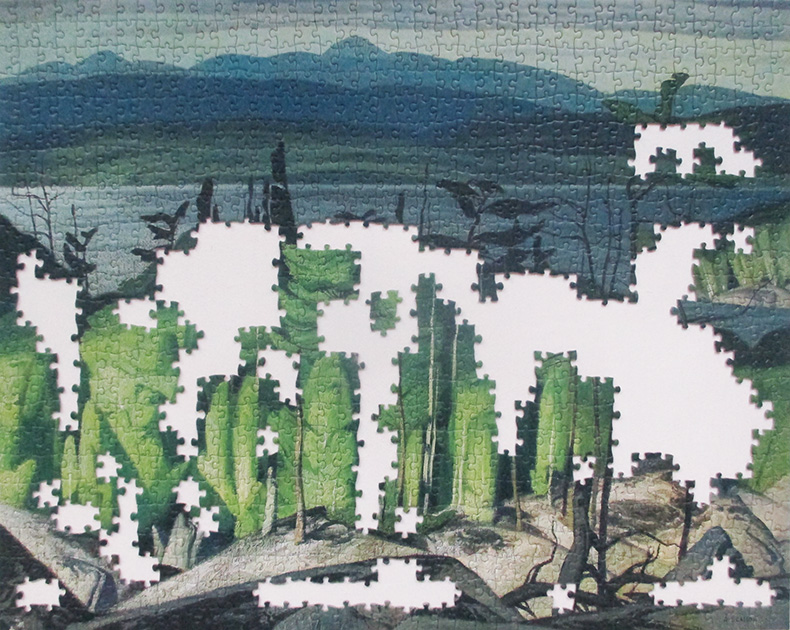
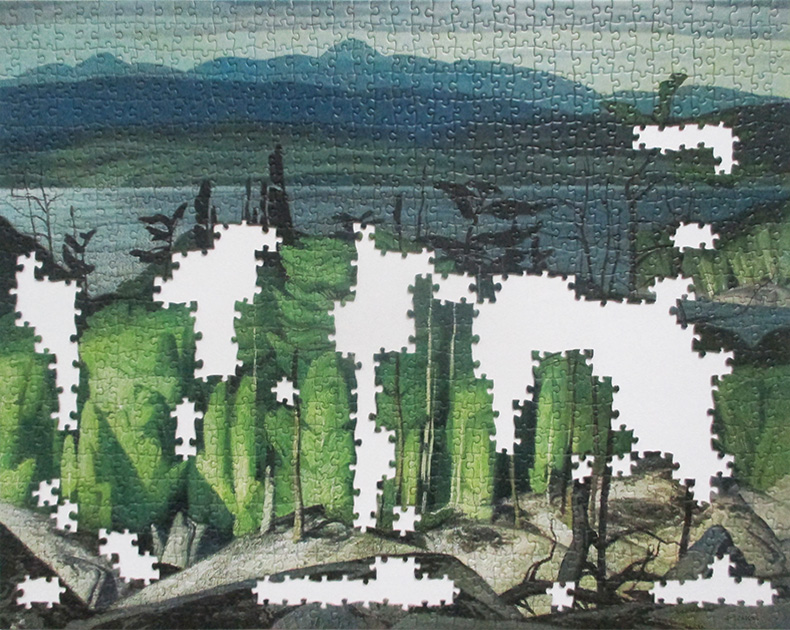
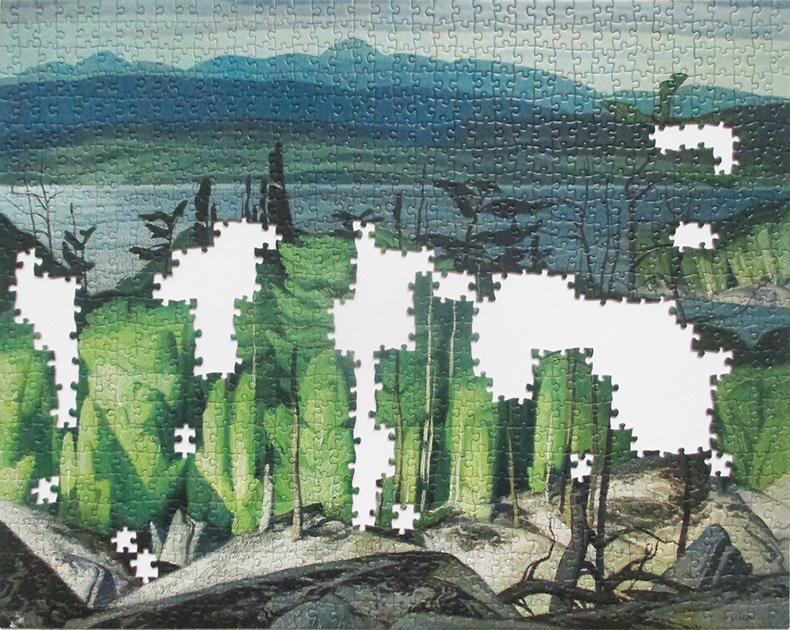
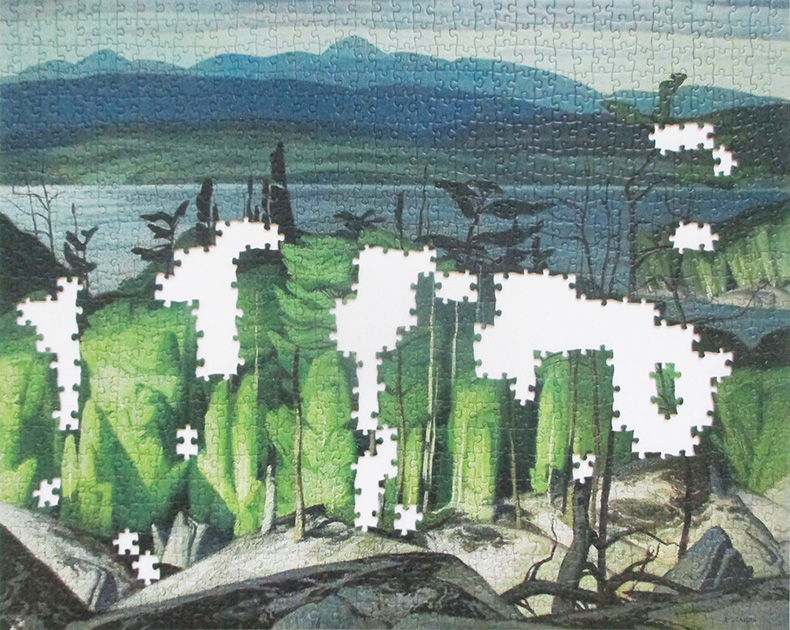
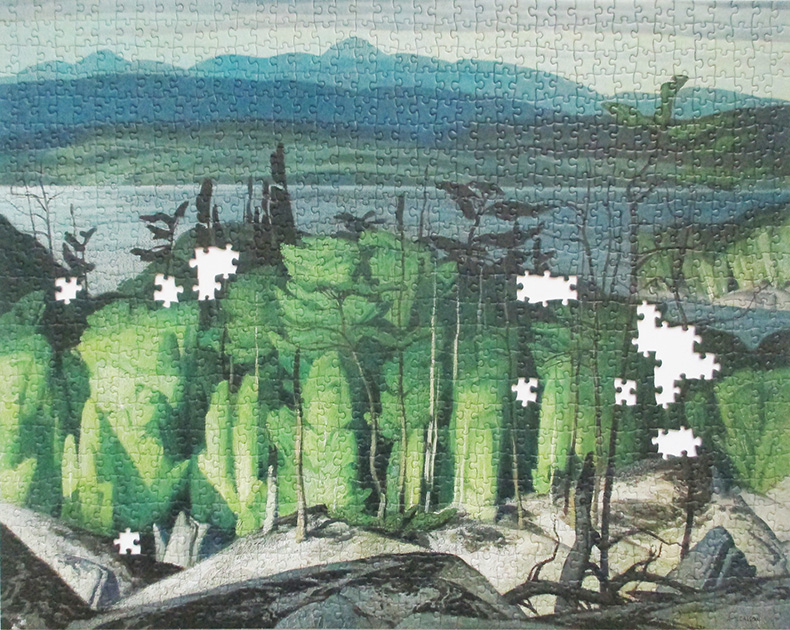
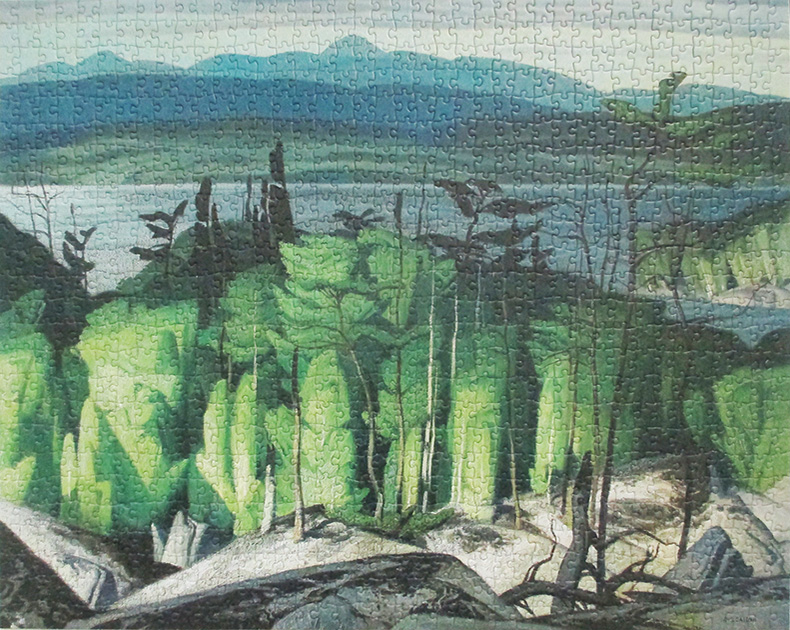

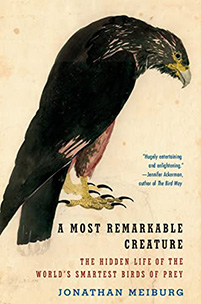
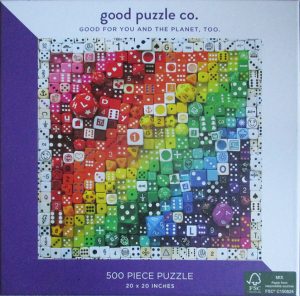 We called this the Rainbow Dice puzzle. My daughter worked it with me- so the sessions went quick, but they weren’t many (and far between). She got bored so quick at each sitting. I found out we have different methods for doing puzzles! She insisted on sorting all the colors before we started-
We called this the Rainbow Dice puzzle. My daughter worked it with me- so the sessions went quick, but they weren’t many (and far between). She got bored so quick at each sitting. I found out we have different methods for doing puzzles! She insisted on sorting all the colors before we started-